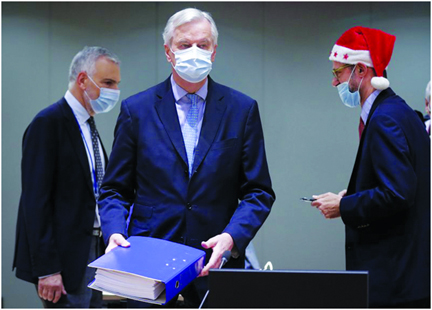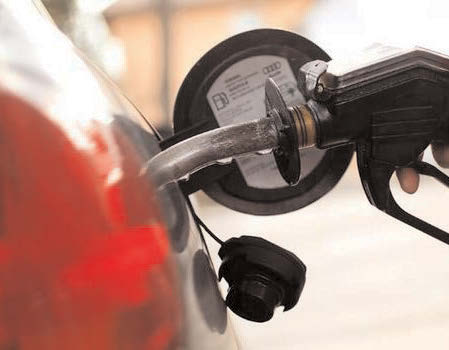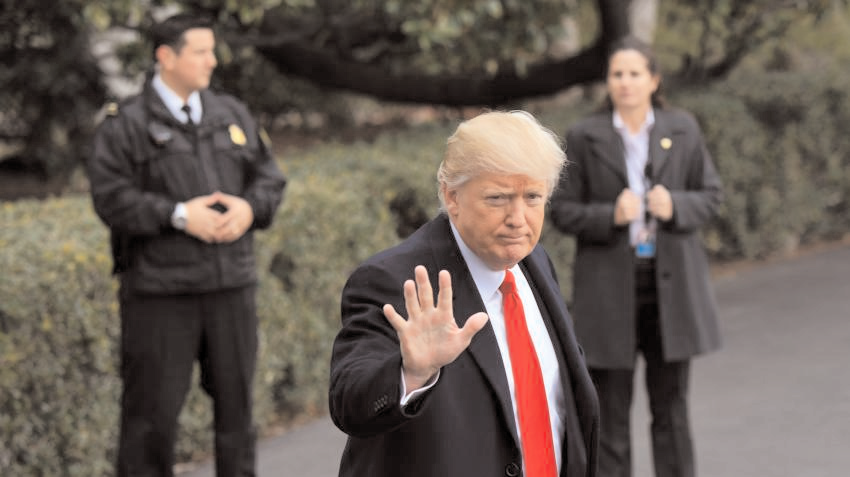
In this Dec 25, 2020, photo, a colleague wears a Christmas hat as European Union chief negotiator Michel Barnier, center, carries a binder of the Brexit trade deal during a special meeting of Coreper, at the European Council building in Brussels. The European Union and the United Kingdom made public on Saturday, Dec 26, the vast agreement that is likely to govern future trade and cooperation between them from Jan. 1, setting the 27-nation bloc’s relations with its former member country and neighbor on a new but far more distant footing.
The European Union and the United Kingdom made public on December 26 the vast agreement that is likely to govern future trade and cooperation between them from Jan. 1, setting the 27-nation bloc’s relations with its former member country and neighbor on a new but far more distant footing.
EU ambassadors and lawmakers on both sides of the English Channel will now pore over the “EU-UK Trade and Cooperation Agreement,” which contains over 1,240 pages of text. EU envoys are expected to meet on Monday to discuss the document, drawn up over nine intense months of talks.
Businesses, so long left in the dark about what is in store for them, will also be trying to understand its implications.
Most importantly, the deal as it stands ensures that Britain can continue to trade in goods with the world’s biggest trading bloc without tariffs or quotas after the U.K. breaks fully free of the EU. It ceased to be an official member on Jan. 31 this year and is days away from the end of an exit transition period.
But other barriers will be raised, as the U.K. loses the kind of access to a huge market that only membership can guarantee. They range from access to fishing waters to energy markets, and include everyday ties so important to citizens like travel arrangements and education exchanges.
EU member countries are expected to endorse the agreement over the course of next week. British legislators could vote on it on Wednesday. But even if they do approve it, the text would only enter force provisionally on New Year’s Day as the European Parliament must also have its say.
EU lawmakers said last weekend that there simply wasn’t enough time to properly scrutinize the text before the deadline, and they will debate and vote on the document in January and February, if the approval process runs smoothly.
Despite the deal, unanswered questions linger in many areas, including security cooperation — with the U.K. set to lose access to real-time information in some EU law enforcement databases — and access to the EU market for Britain’s huge financial services sector.
Brexit: What do we
know about the deal?
The deal contains new rules for how the UK and EU will live, work and trade together. But we don’t know a lot of the detail yet because the full document – expected to be well over 1,000 pages long – has not been released.
What we do know is that it means:
– No taxes on each other’s goods when they cross borders (known as tariffs)
– No limits on the amount of things which can be traded (known as quotas)
– European Commission president Ursula Von der Leyen said competition rules – designed to prevent one side gaining an unfair advantage – “will be fair and remain so”.
She said the UK and EU will “continue co-operating in all areas of mutual interest, including things like climate change, energy, security and transport”.
We also know the UK will not be taking part in the Erasmus exchange programme for students.
Why did the deal take so long?
Because so much was at stake.
The EU is the UK’s nearest and biggest trading partner, The UK government says the deal covers trade that was worth £668bn in 2019.
While the UK was in the EU, companies could buy and sell goods across EU borders without paying tariffs. Without the deal, businesses would have had to start paying these taxes, which would have added to their costs.
No deal would have also meant even more border checks, which could have caused delays for lorries transporting products.
What happens next?
Even though the deal has been agreed, it still needs to be made law.
For that to happen it must be looked at and approved by both the UK and European parliaments.
As it’s been left so late, the European Parliament won’t have time to sign it off before the end of the year. That shouldn’t stop the deal coming into force on 1 January, but it will take longer before it’s officially rubber-stamped.
The UK government says it will summon MPs back on 30 December to vote on the deal. However, there wouldn’t be time to debate and look at the details closely.
What are the EU and Brexit?
The EU is made up of 27 European countries.
EU citizens are free to live and work in other EU countries, and firms in those countries can buy and sell each other’s goods without checks or extra taxes at borders.
The UK was the first country to leave the EU and this was known as Brexit – British exit.
Brexit happened because a public vote – or referendum – was held in June 2016, to decide whether the UK should be in the EU.
What Brexit words mean?
The last few years have seen many words and phrases enter our lives. We haven’t used them here, but politicians do use them. Here’s what some of them mean:
Transition period: The 11-month period following the UK’s exit from the EU (finishing at the end of 2020), during which time the UK has followed EU rules, to allow leaders to make a deal
Free trade agreement: This is what the EU and the UK have now agreed – a deal between countries that encourages trade by getting rid of barriers like taxes on goods
WTO rules: If countries don’t have free trade agreements, they must trade according to rules set by a global body called the World Trade Organization (WTO), which can mean taxes on goods.





Be the first to comment